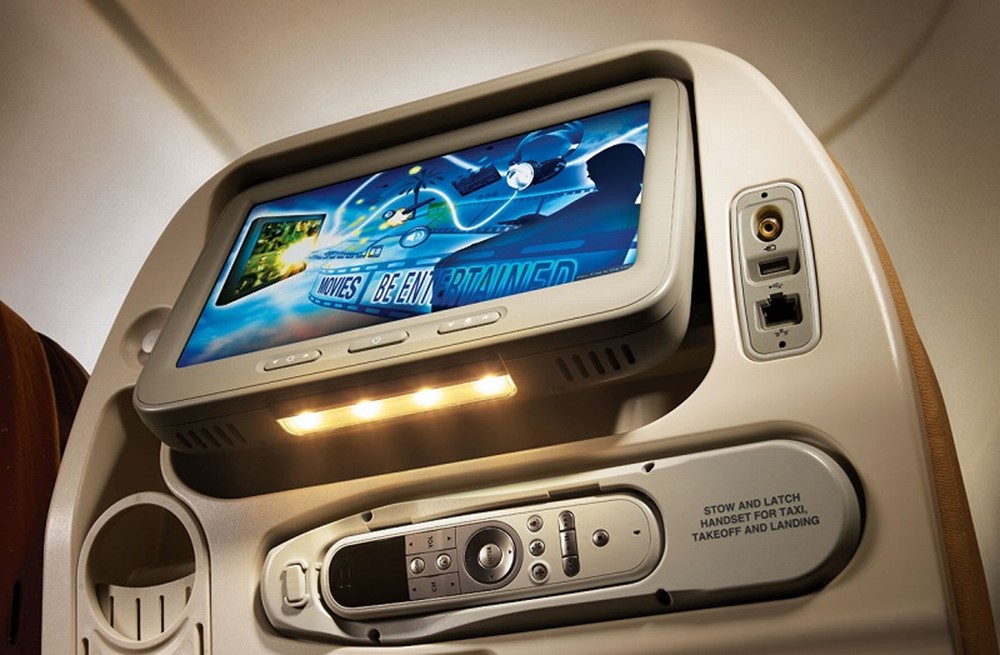How Self-Driving Cars Could Bankrupt Cities
July 16, 2015 in Daily Bulletin

The era of the self-driving car is nigh and cities could suffer due to them writes Alex Davies:
- Self-Driving cars won’t break speeding, traffic light, parking or drunk driving laws.
- Cities make hundreds of millions of dollars from those violations. Everything from fines to towing fees go to city coffers.
- People will also probably buy fewer cars which means that cities won’t make as much money from car registrations.
- It’s not all doom and gloom. If there are fewer accidents then money will be saved from not having to treat victims.
- Increased productivity from people being able to do things like work in their car could also contribute to economic growth and thus tax income.
- There’ll be less pollution as cars will use fuel more efficiently, creating health savings.
- Cities will be able to re-allocate a whole lot of traffic cops to fighting crime.
Read more about other sources of revenues that cities could consider, and other implications of a self-driving future here.
Source: Wired

















Join the Discussion! (No Signup Required)